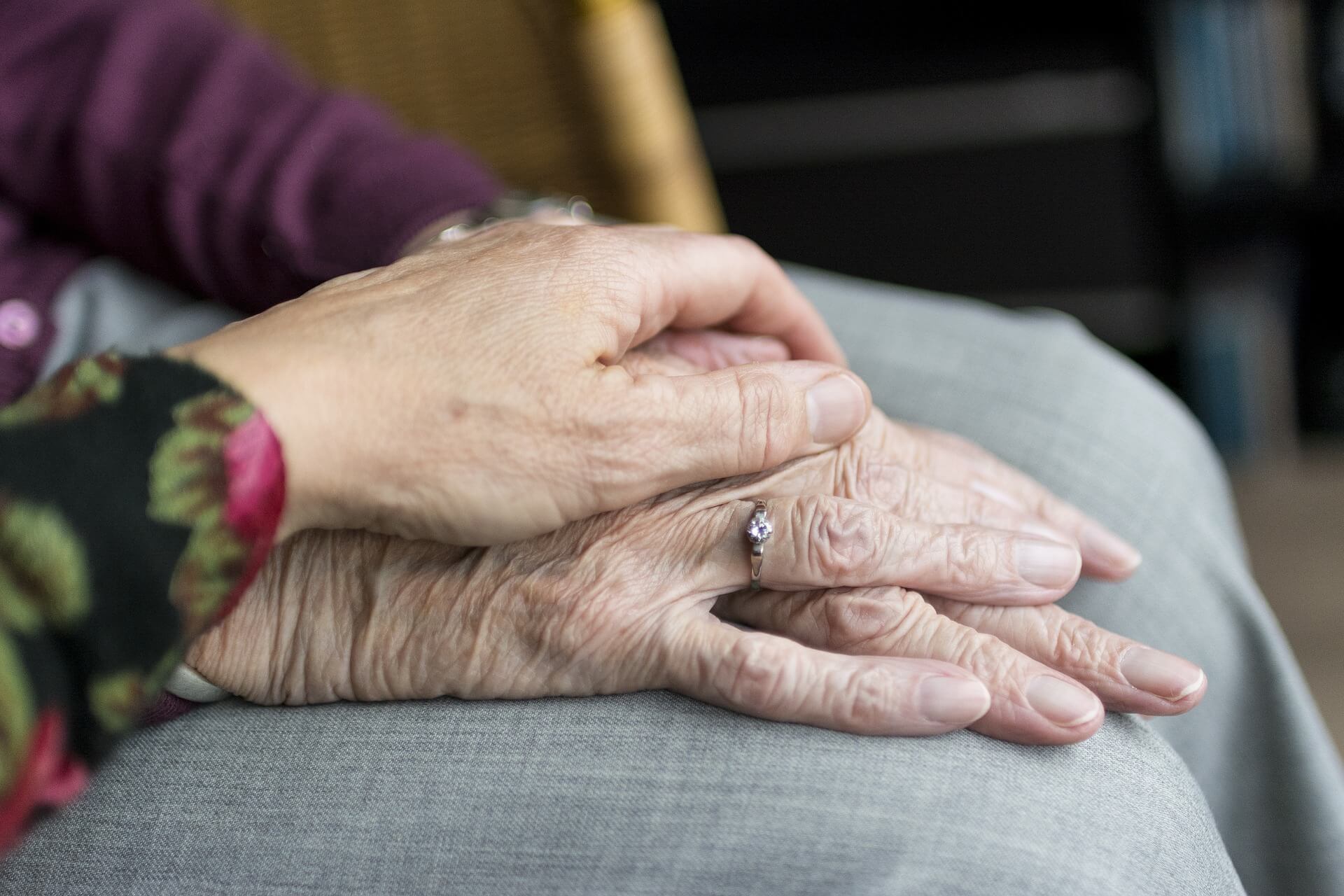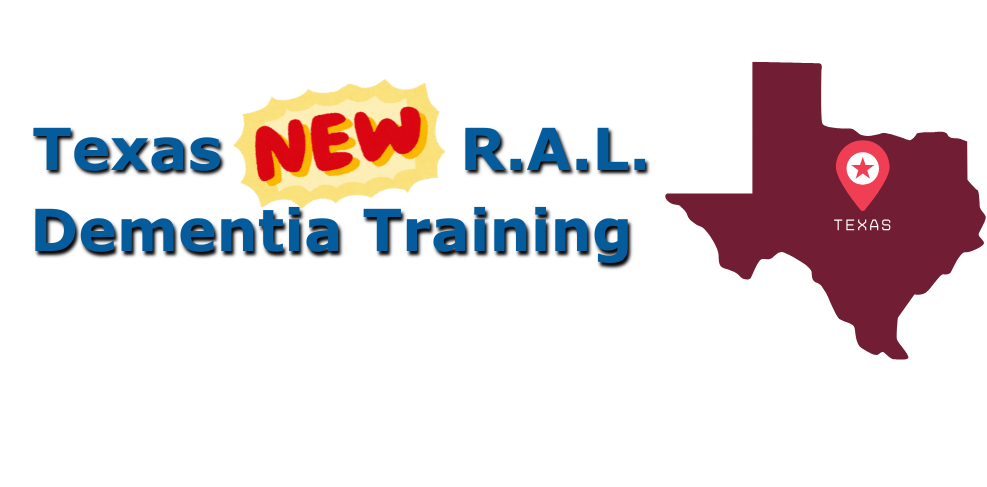Ah, June! Finally, the cold, dreary days of winter are gone and the summer sun warms our bones. Last weekend, city pools were full to capacity. This is perfect weather — the recent numbing cold weather is a just a memory, and we well know that unbearable heat that will have us scrambling for air conditioning is right around the corner. But for right now, we will take advantage of these halcyon days and spend every available moment outdoors.
Before caregivers head outside with their seniors, it’s important to know that skin cancer is the most common type of cancer in the U.S. In fact, according to the Skin Cancer Foundation, the odds of developing skin cancer rise as you age; in fact, between 40 and 50 percent of Americans who live to age 65 will have at least one skin cancer.
Why is it that those over 70 years old have the highest incidence of skin cancer of any age group? I remember the days when baby oil was used as suntan lotion. A recent study conducted in Germany concluded that repeated sunburns during a lifetime increased the chances of melanoma later in life, writes Susan Evans, MD.
Tanning beds, introduced into the U.S. in 1979, were touted as the epitome of health and fitness. Tanning salons became hugely popular. However, we now know that using a tanning bed will increase your chances of getting skin cancer. The American Academy of Dermatology says studies have shown people who have been exposed to UV rays from indoor tanning have a 59% increase of developing melanoma, the most dangerous form of skin cancer. And just recently, the FDA reclassified them as “moderate-risk devices” instead of “low-risk”. (The Skin Cancer Foundation, along with a host of other experts, feels that the reclassification doesn’t go far enough.)
But all is not lost. Damage can be mitigated and we can safeguard ourselves and our seniors from destroying any more precious skin cells. The following precautions can keep keep skin damage at a minimum and reduce the chance of future melanoma:
- Wear waterproof sunscreen with an SPF of 30 or higher.
- Cover up with broad brimmed hats, protective clothing, and UV-filtering sunglasses.
- Seek shade instead of direct sunlight, especially during 10am and 4pm, when the sun is strongest.
In the meantime, seniors should arrange for regular skin cancer screenings with their doctors and educate themselves on what types of skin changes for which to be vigilant. Caregivers should also know the indicators of melanoma and be on the lookout for any skin anomalies.

Caregiverlist® invites you to learn more about helping seniors age well with Caregiverlist® Basic Training, powered by Caregiver Training University. The 8-hour training course provides easy-to-access online caregiver training for professional and family caregivers and meets senior caregiver orientation training requirements for many states.







